Are you planning to plant bare root trees in your yard? If so, you're likely wondering what type of soil is best for their healthy growth.
The soil you choose can have a significant impact on the success of your tree's growth, so it's essential to choose wisely.
When it comes to planting bare root trees, the right soil can make all the difference.
The soil should be able to provide the necessary nutrients and support for the tree's roots to grow and thrive.
Are you ready to give your bare root trees the best chance at a healthy and thriving life?
This comprehensive guide will take you through the best soil options for your trees, as well as provide you with valuable tips for planting and caring for them.
So why wait? Get started on creating a beautiful and flourishing garden with your brand-new trees!
Understanding Bare Root Trees
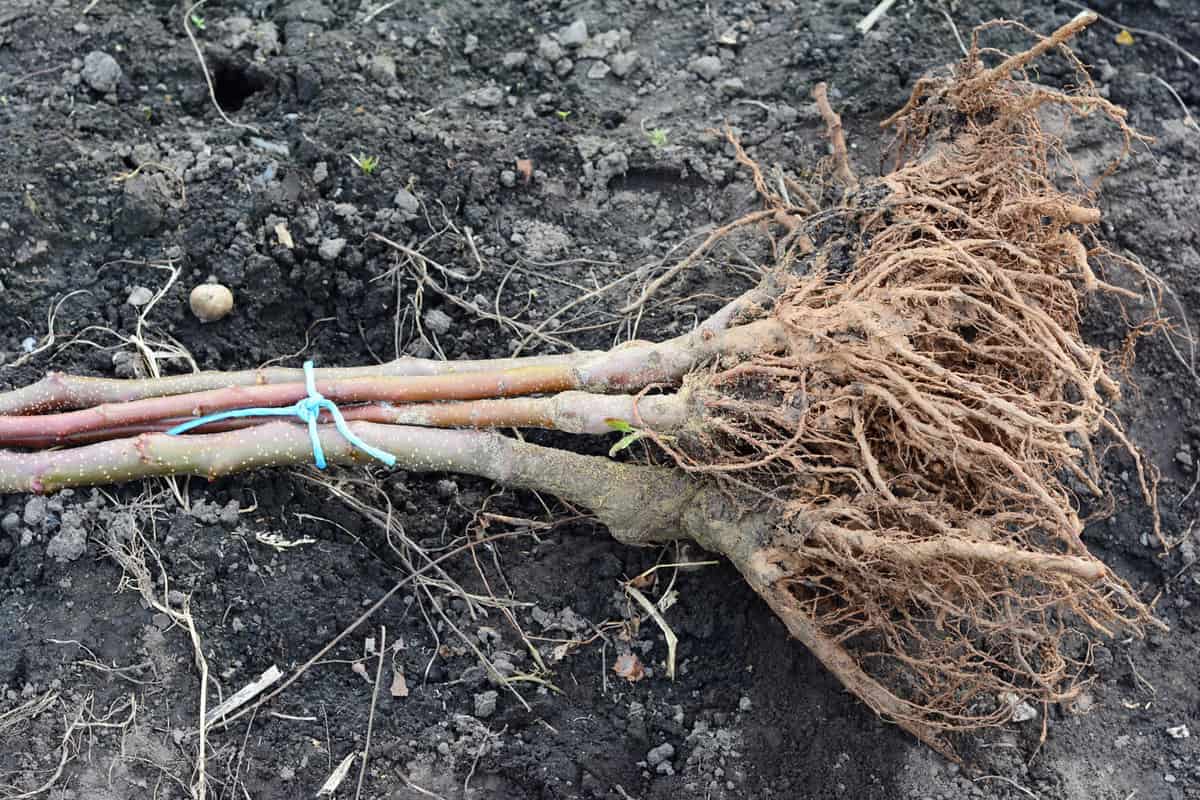
Many nurseries and garden centers offer a wide variety of bare root trees for planting, so there's no shortage of options to choose from.
Bare root trees are exactly what they sound like - trees that are sold and shipped with no soil around their roots.
Instead, they are grown in a field and dug up in early spring before their leaves emerge. They are then delivered to your local garden center or shipped to your door at the best planting time.
When you receive your bare root tree, it may look like a dormant stick with roots attached.
But don't be fooled - these trees are just as healthy and capable of growing as container-grown trees. In fact, bare root trees have several advantages over container-grown trees, including:
- They are less expensive than container-grown trees
- They are easier to transport and handle
- They have a more extensive root system, which allows them to establish quickly and grow more vigorously
To ensure that your bare root tree thrives, it's important to plant it correctly. But first, you must know how to choose the best soil for your bare root tree.
Related Post: How Long Can Bare Root Plants Be Stored Before Planting?
The Importance of Soil
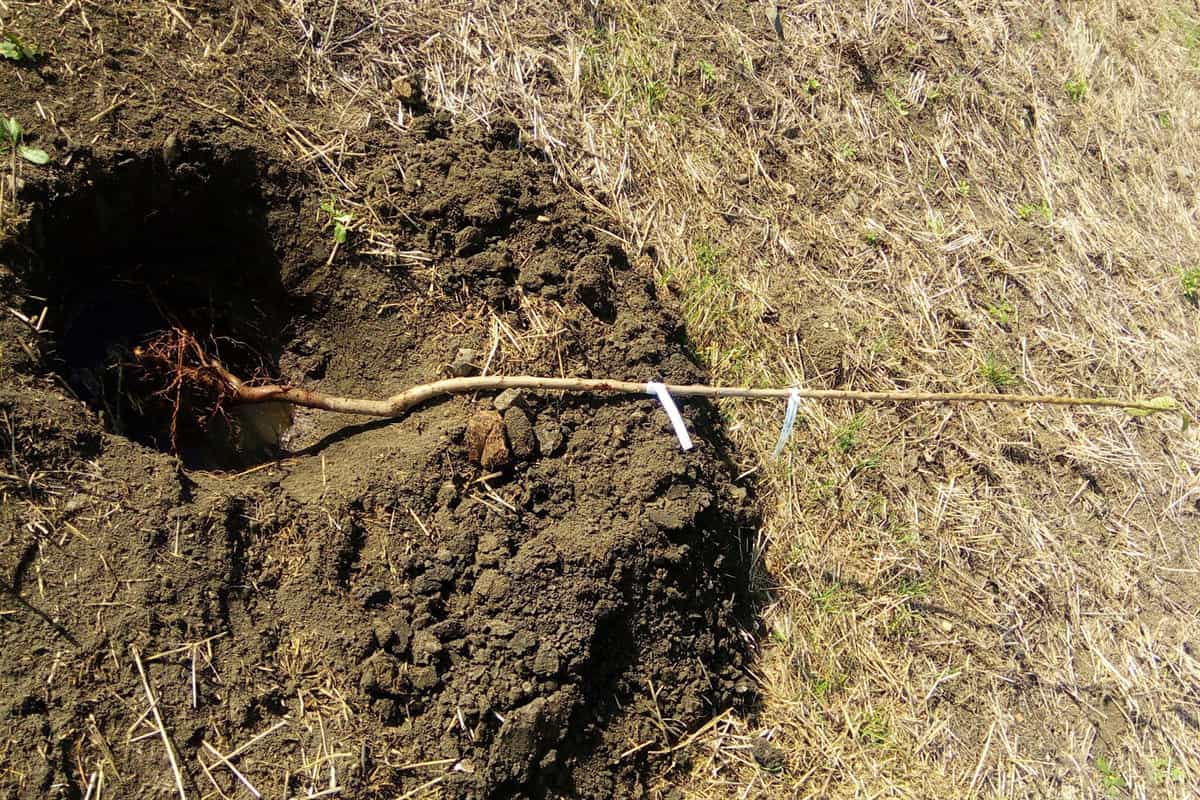
When it comes to growing bare root trees, soil plays a crucial role in their healthy growth. The right soil composition can provide the necessary nutrients, water, and oxygen that the roots need to thrive.
In contrast, poor soil quality can lead to stunted growth, disease, and even death of the tree.
The soil's texture, pH level, and nutrient content are the key factors that determine its suitability for growing bare root trees.
A soil's texture refers to the size of its particles and how they are arranged. Soils with a balanced texture allow for good drainage and aeration, which are essential for root growth.
On the other hand, soils that are too compact or too loose can cause problems for the roots.
The pH level of the soil is another important factor. Most bare root trees prefer slightly acidic soil, with a pH range between 6.0 and 7.0. If the soil's pH is too high or too low, it can affect the tree's ability to absorb nutrients from the soil.
In addition to texture and pH, the soil's nutrient content is also critical. Bare root trees require a balanced mix of nutrients, including nitrogen, phosphorus, and potassium, to grow properly.
These nutrients help the tree develop strong roots, healthy leaves, and sturdy branches.
To ensure that your bare root trees have the best chance of healthy growth, it's essential to choose the right soil.
You can test your soil's pH level and nutrient content with a soil testing kit.
See this soil test kit on Amazon.
Once you know your soil's composition, you can amend it with organic matter, such as compost or aged manure, to improve its texture and nutrient content.
Best Soil Types for Bare Root Trees
The type of soil you use is crucial to the healthy growth of bare root trees.
Here are the three best soil types for bare root trees:
Loamy Soil
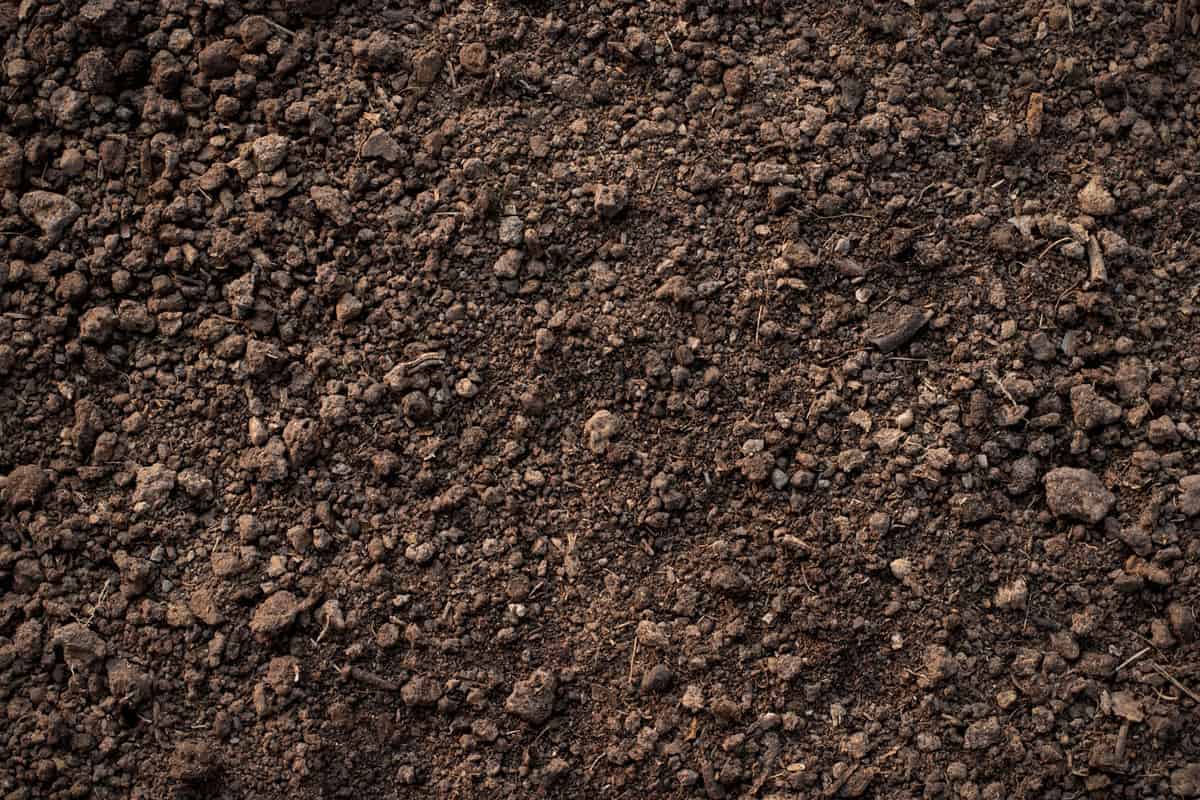
Loamy soil is the best type of soil for bare root trees. It has a perfect balance of sand, silt, and clay, which allows for good drainage and air circulation.
This type of soil is also rich in nutrients, making it ideal for growing healthy trees. If you have loamy soil in your garden, you're in luck!
Sandy Soil

Sandy soil is another good option for planting bare root trees. It drains well and is easy to work with, but it doesn't hold nutrients very well.
If you have sandy soil, you can improve it by adding organic matter such as compost or manure.
This will help to retain moisture and provide nutrients for your trees.
Clay Soil
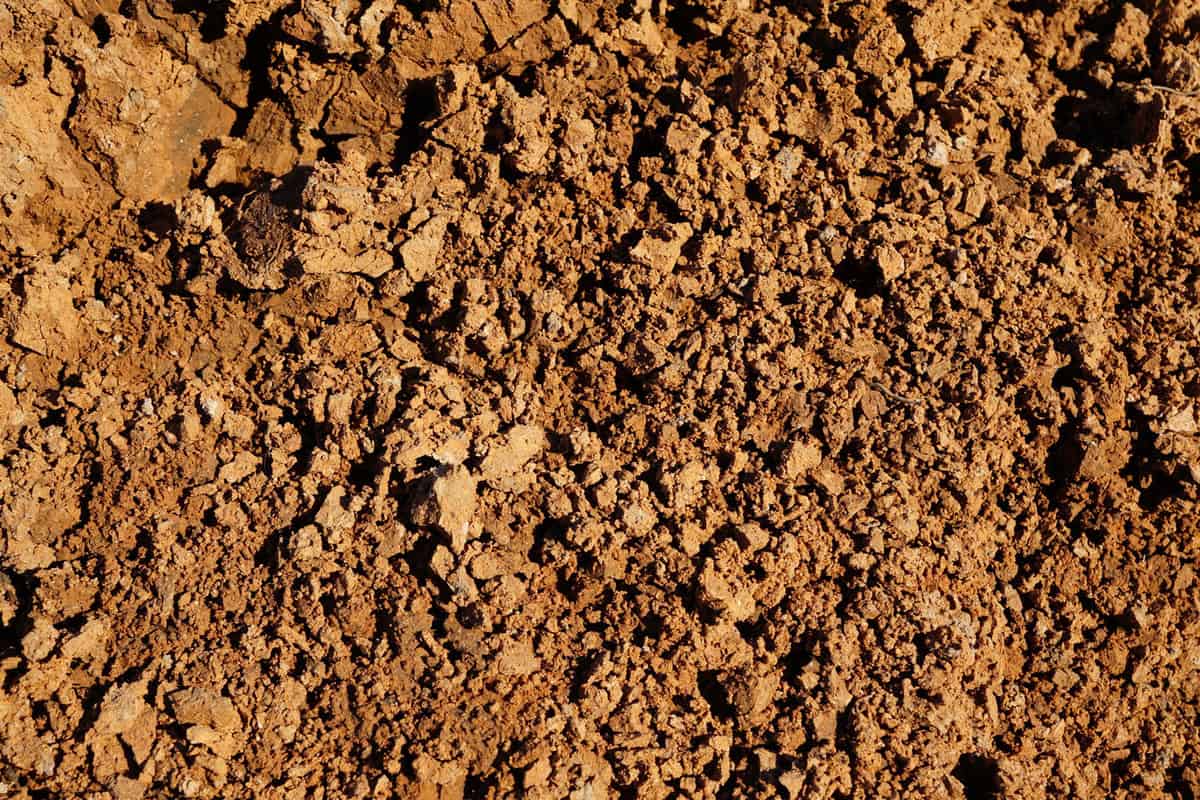
Clay soil is the most challenging type of soil for planting bare root trees.
It is heavy and dense, which makes it difficult for air and water to circulate through the soil.
However, if you have clay soil, don't despair! You can still grow healthy trees by amending the soil with organic matter and sand to improve drainage.
Improving Soil Quality
Fortunately, there are a few things you can do to improve your soil quality and give your trees the best possible chance to thrive.
Composting
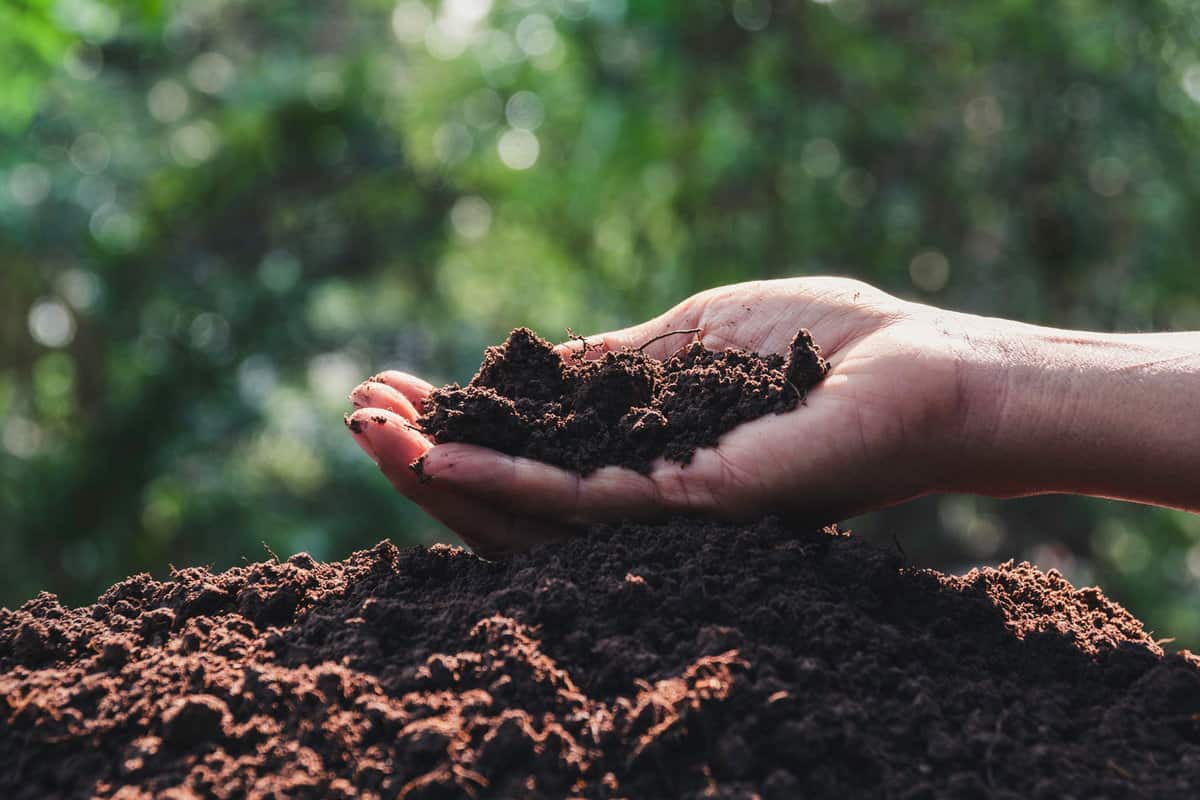
Composting is a great way to improve the quality of your soil. By adding organic matter to your soil, you can increase its fertility, improve its structure, and help it retain moisture.
You can make your own compost by collecting yard waste, food scraps, and other organic materials and letting them decompose over time.
You can also buy compost from a garden center or nursery.
Mulching
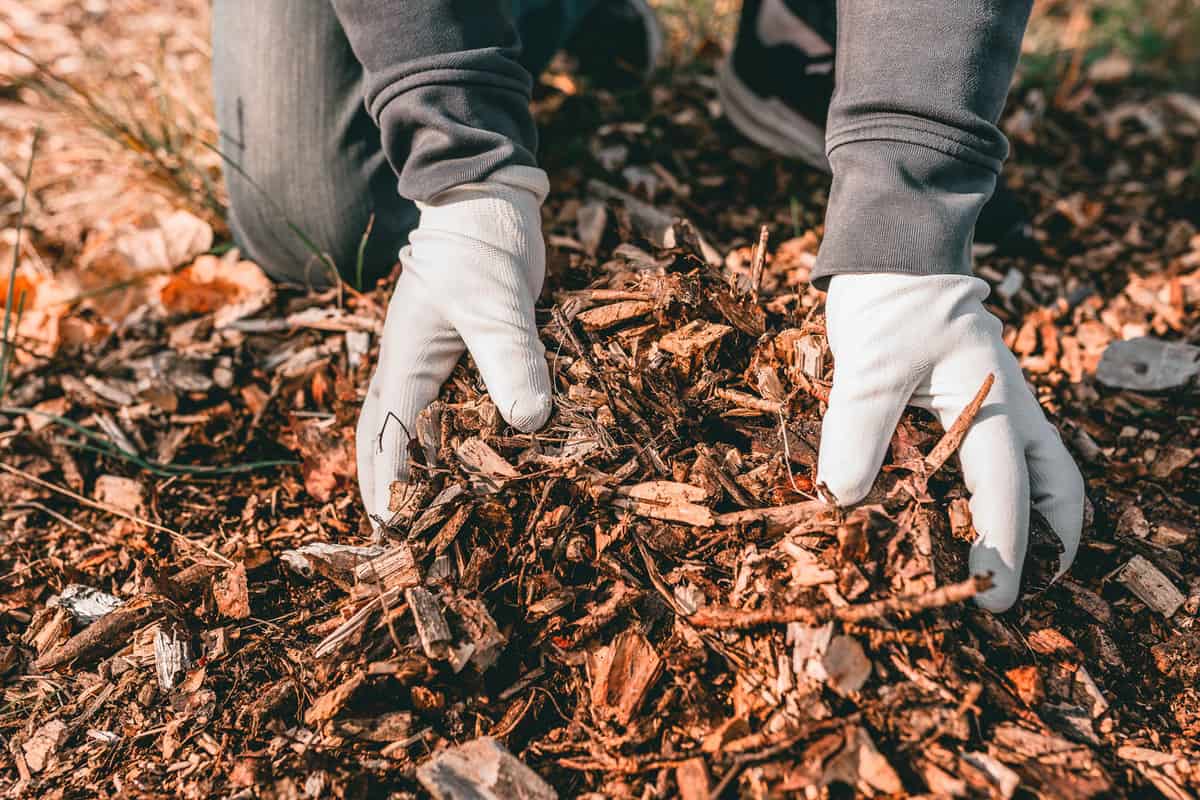
Mulching is another effective way to improve your soil quality.
By adding a layer of organic material to the surface of your soil, you can help it retain moisture, suppress weeds, and regulate soil temperature.
You can use a variety of materials for mulch, including leaves, straws, grass clippings, and wood chips.
Related reading: How To Garden With Mulch [Step-By-Step Guide]
Fertilizing

Fertilizing is an important part of maintaining healthy soil. By adding nutrients to your soil, you can help your trees grow strong and healthy.
You can use a variety of fertilizers, including organic and synthetic options. Be sure to follow the instructions carefully and avoid over-fertilizing, which can be harmful to your trees.
Improving your soil quality can take time, but it's worth the effort.
With a little patience and some hard work, you can create a healthy environment for your bare root trees to grow and thrive.
Related reading: The Role Of Fertilizer In Your Garden
Proper Planting Techniques
Planting Depth
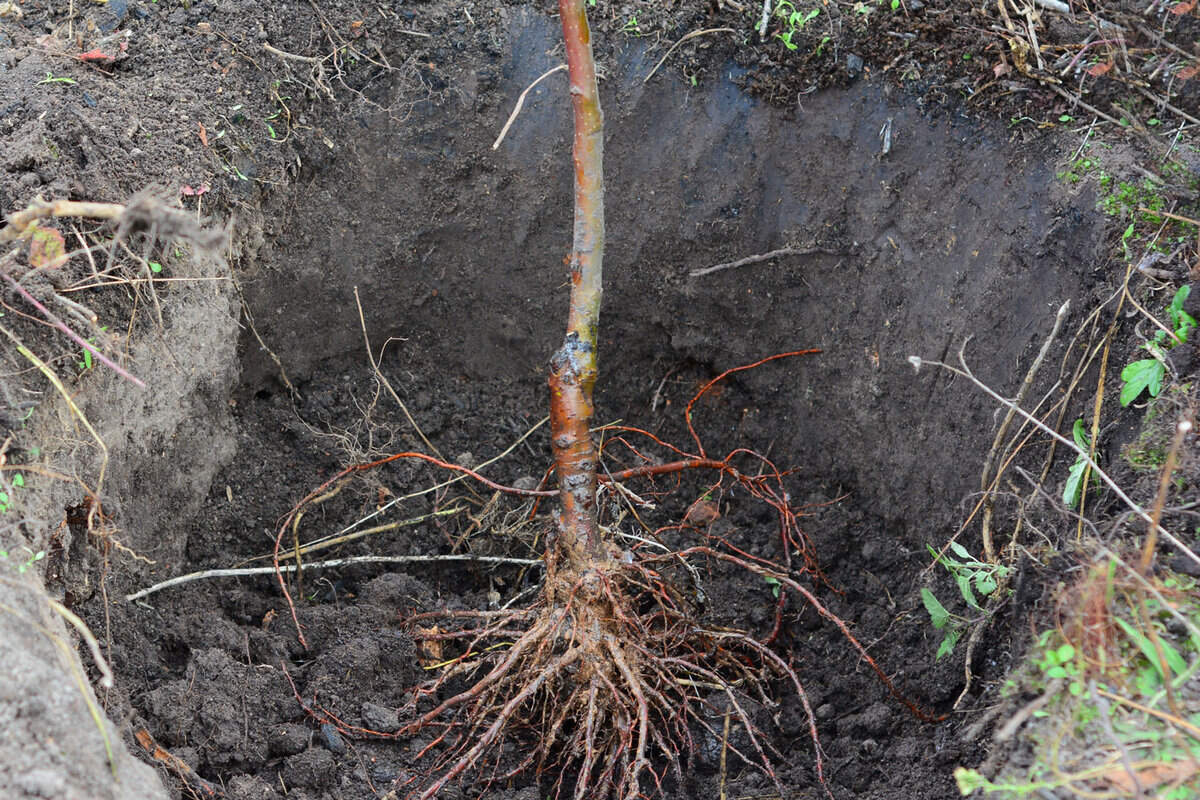
Planting depth is crucial for the success of your bare root tree. Make sure to dig a hole that is deep enough to accommodate the roots without bending or crowding.
The hole should be wide enough to allow the roots to spread out naturally. The crown of the tree, where the roots meet the trunk, should be level with the soil surface.
Root Spread
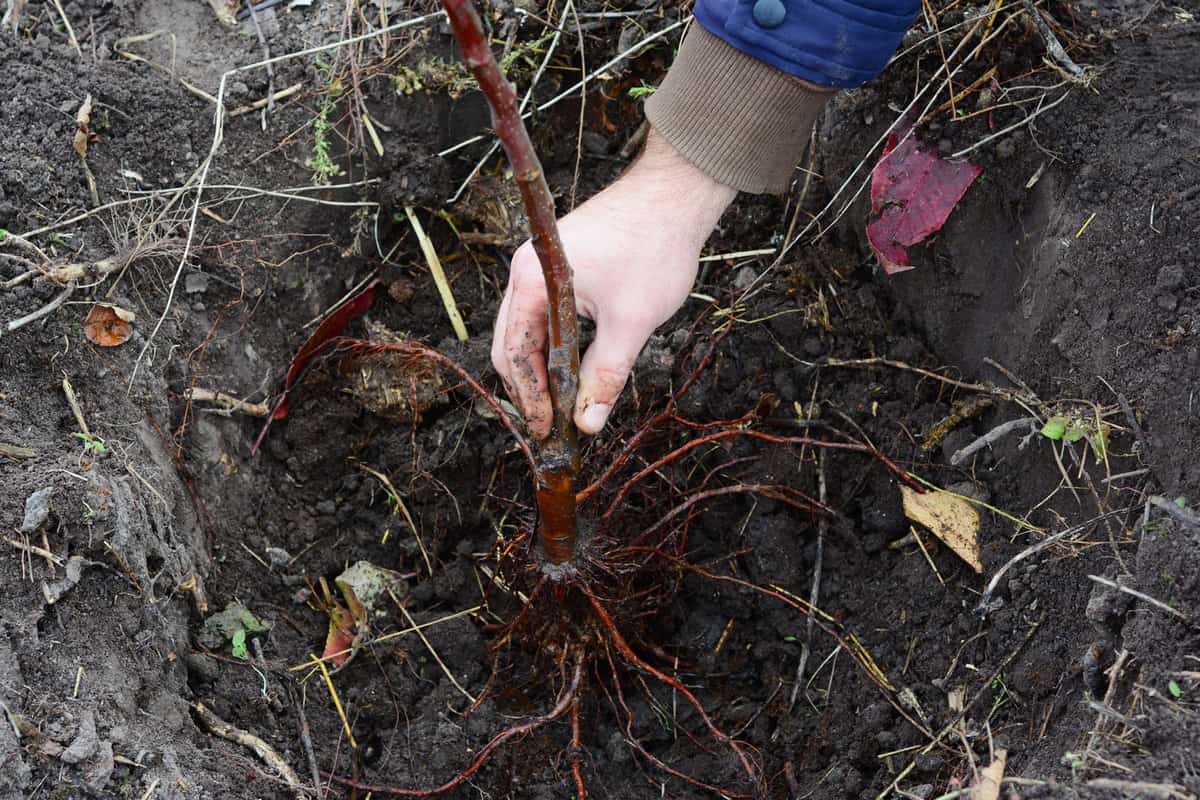
The roots of bare root trees need to be spread out in order to absorb nutrients and water properly.
Gently spread the roots out in the hole and add soil around them.
Avoid packing the soil too tightly, as this can prevent the roots from growing properly.
Watering Frequency
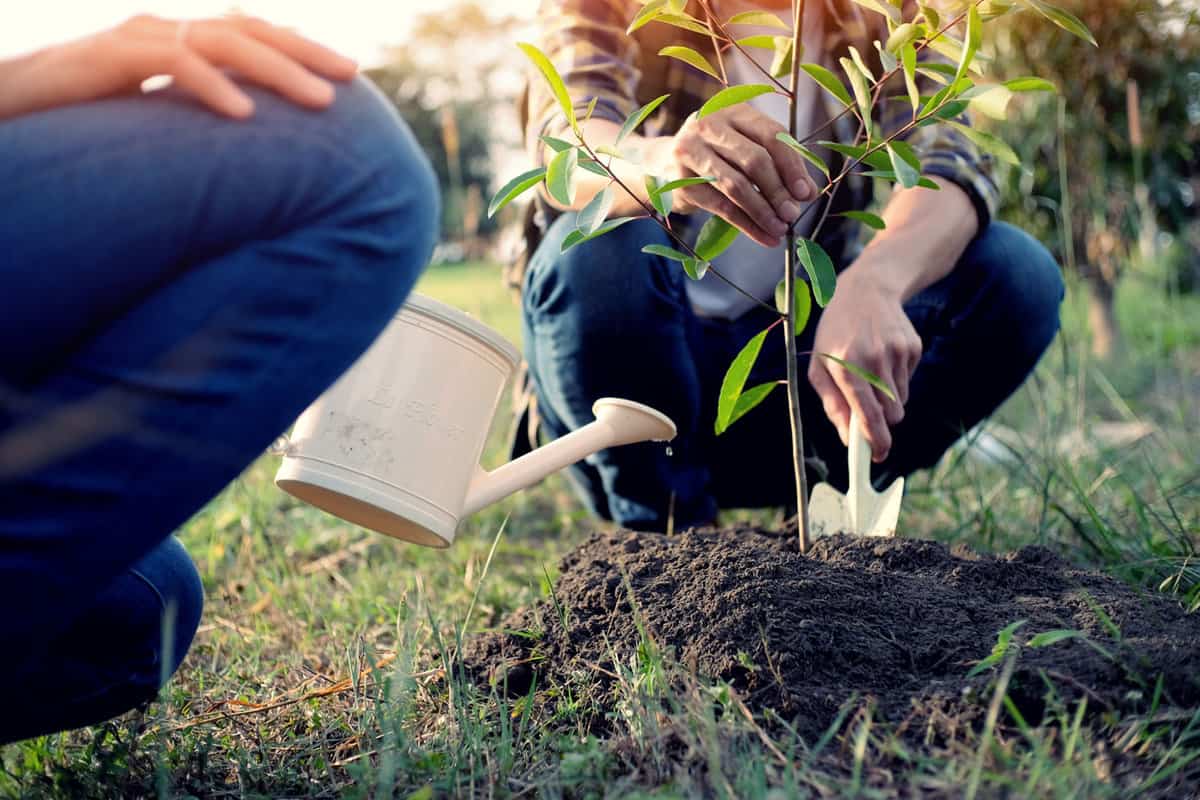
Watering is critical for the growth and survival of your bare root tree. After planting, water the tree thoroughly to help settle the soil and remove any air pockets.
Continue to water the tree regularly, especially during dry spells or hot weather.
When to Plant Bare Root Trees
It is best to plant bare root trees in the early spring or fall when the soil is moist and temperatures are cool.
Avoid planting during the hot summer months, as the heat can stress the tree and make it more susceptible to disease and pests.
Common Mistakes to Avoid
When planting bare root trees, there are a few common mistakes that you should avoid to ensure healthy growth.
Planting Too Deep
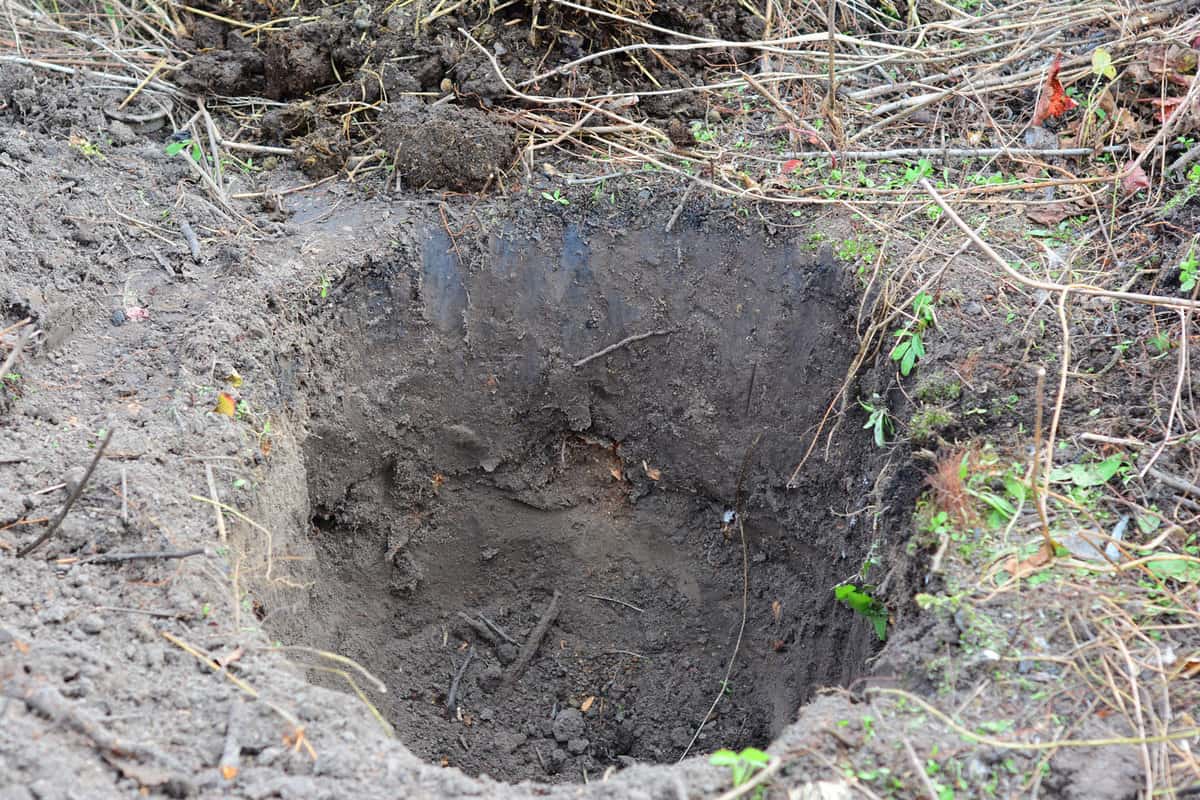
One of the most common mistakes is planting the tree too deep. When planting, make sure the trunk flare is visible above the soil line.
If the tree is planted too deep, it can lead to poor growth, root rot, and even death.
Crowding Roots
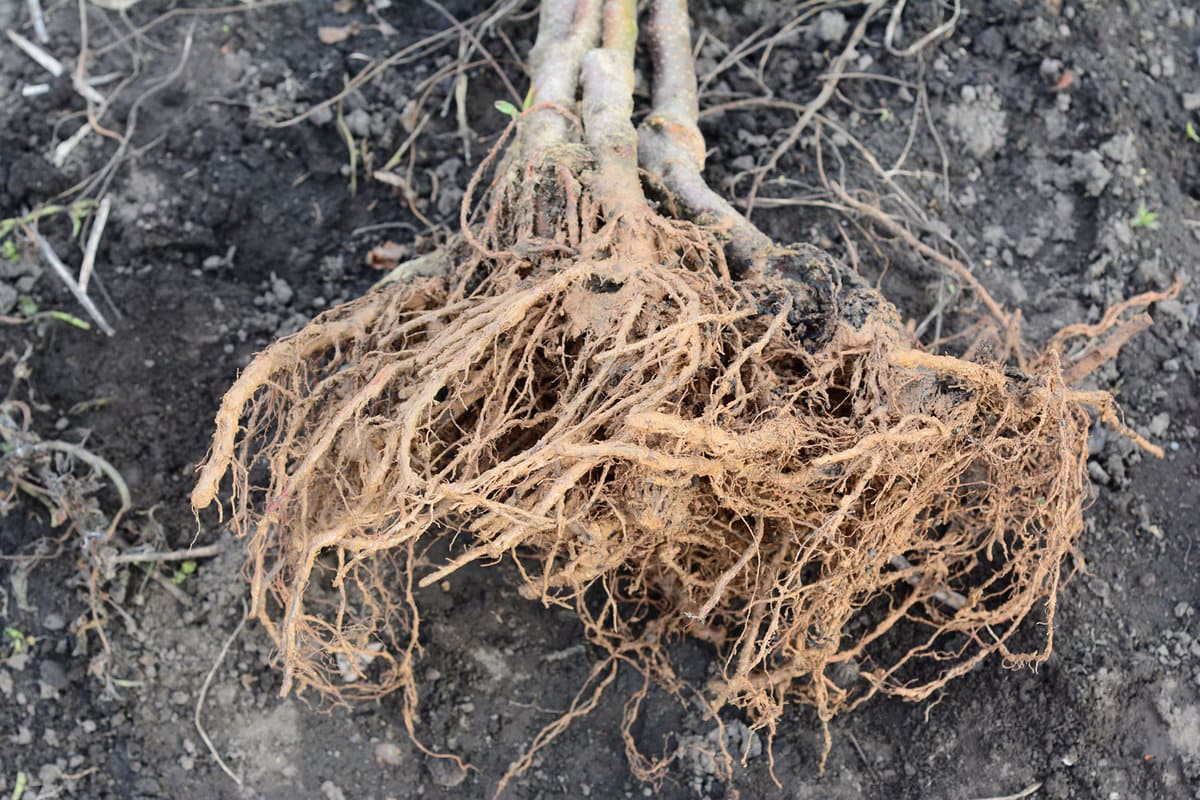
Another mistake is crowding the roots. Make sure to dig a hole wide enough so that the roots can grow outward without crowding.
If the roots are crowded, it can lead to poor growth and a weak root system.
Poor Drainage
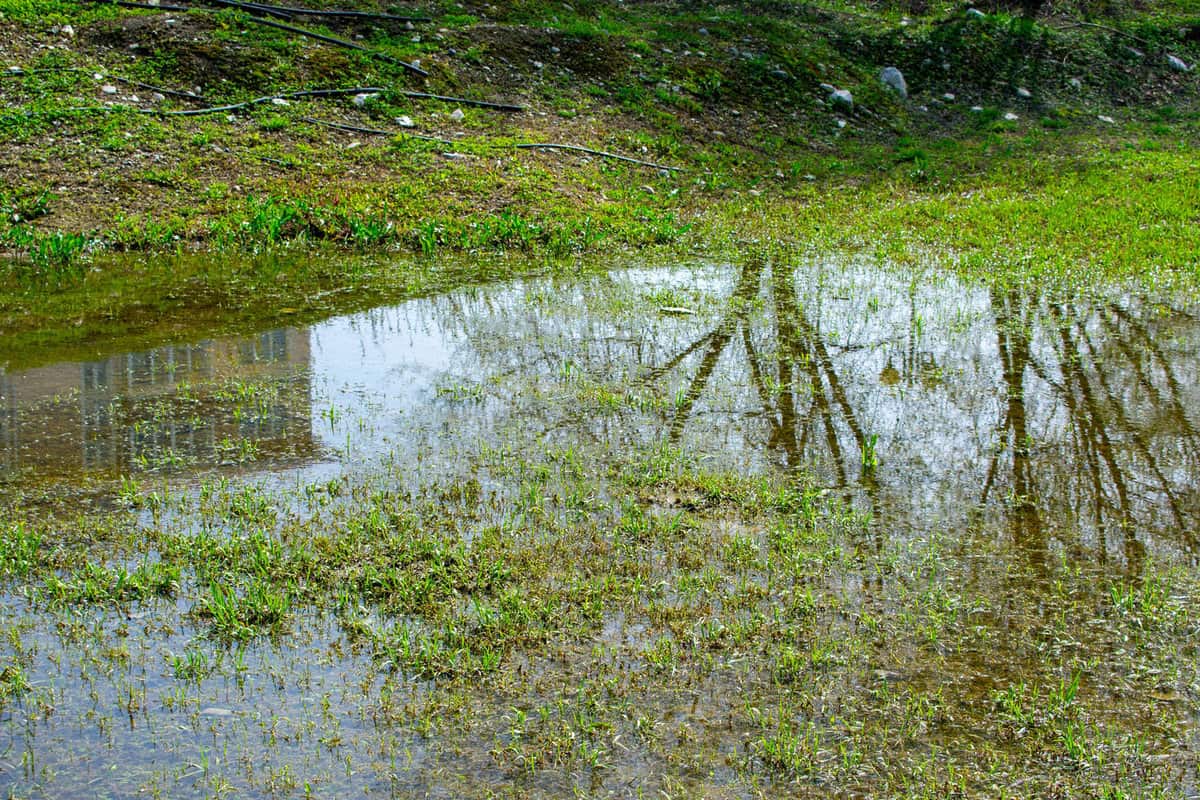
Poor drainage is another mistake to avoid. Do not put gravel in the bottom of the planting hole as it does not aid drainage.
Also, avoid planting in areas with poor drainage, as it can lead to root rot and other issues.
Overwatering
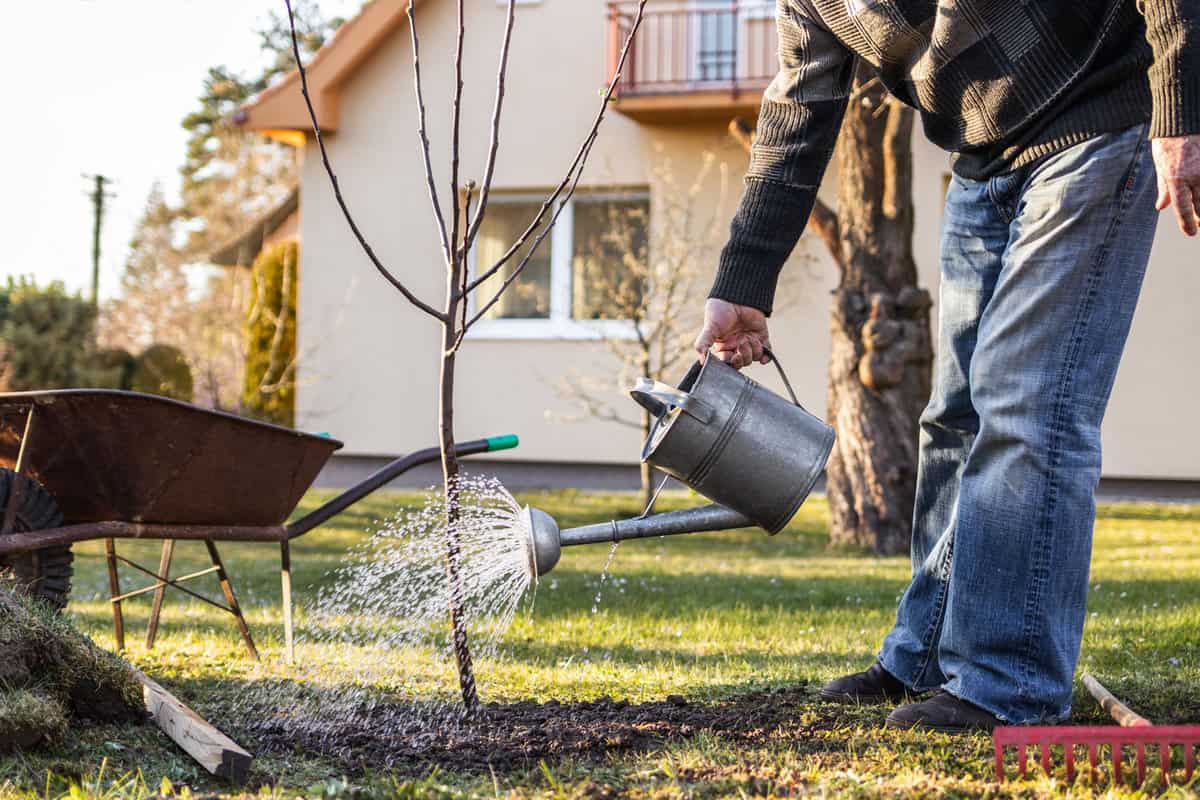
Overwatering is a common mistake that can lead to root rot and other issues. Make sure to water the tree deeply once a week and more often during hot, dry weather.
Avoid watering too frequently or allowing the soil to become waterlogged.
Using Fertilizer Too Soon
Using fertilizer too soon is another mistake to avoid. Do not add fertilizer in the first year of tree establishment.
Mature trees may never need fertilization. Using fertilizer too soon can lead to poor growth and even damage to the tree.
Final Words
When it comes to planting bare root trees, choosing the right soil is crucial for healthy growth.
Avoid heavy clay soils that can suffocate the roots and sandy soils that leave them high and dry.
Instead, go for a loamy soil that's like the Goldilocks of soils - just right!
To really give your trees a boost, add some organic matter like compost, well-rotted manure, or leaf mold.
And don't forget the H2O! Give your trees a drink regularly to help them establish a strong root system and grow healthy and happy.
Related Post: How Long To Soak Bare Root Trees Before Planting?

